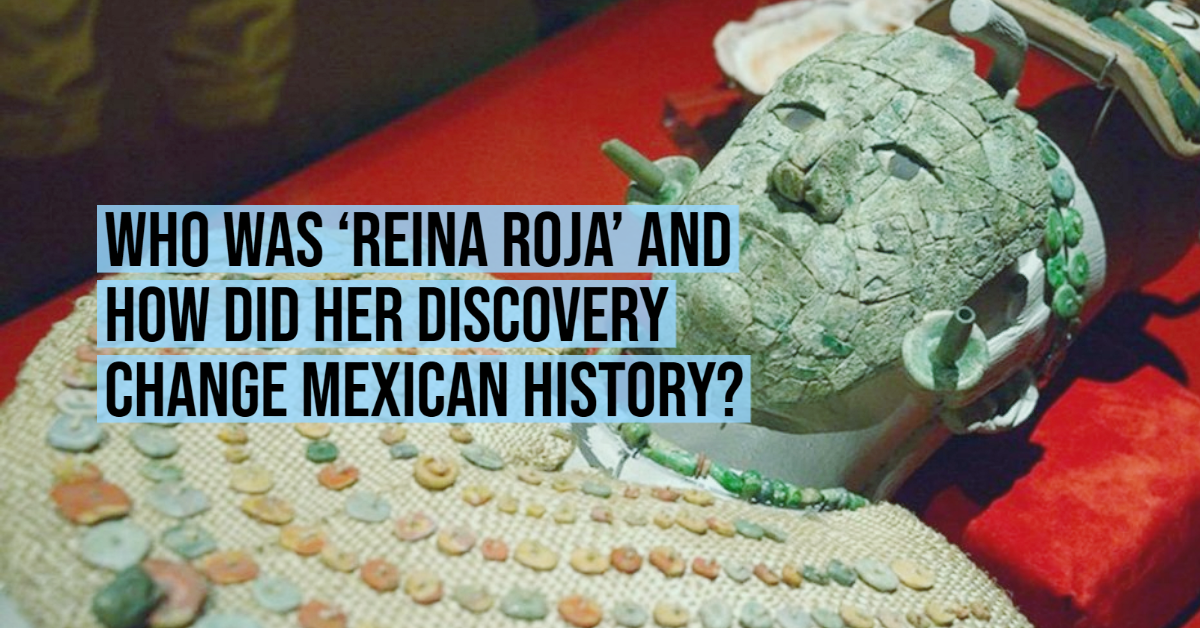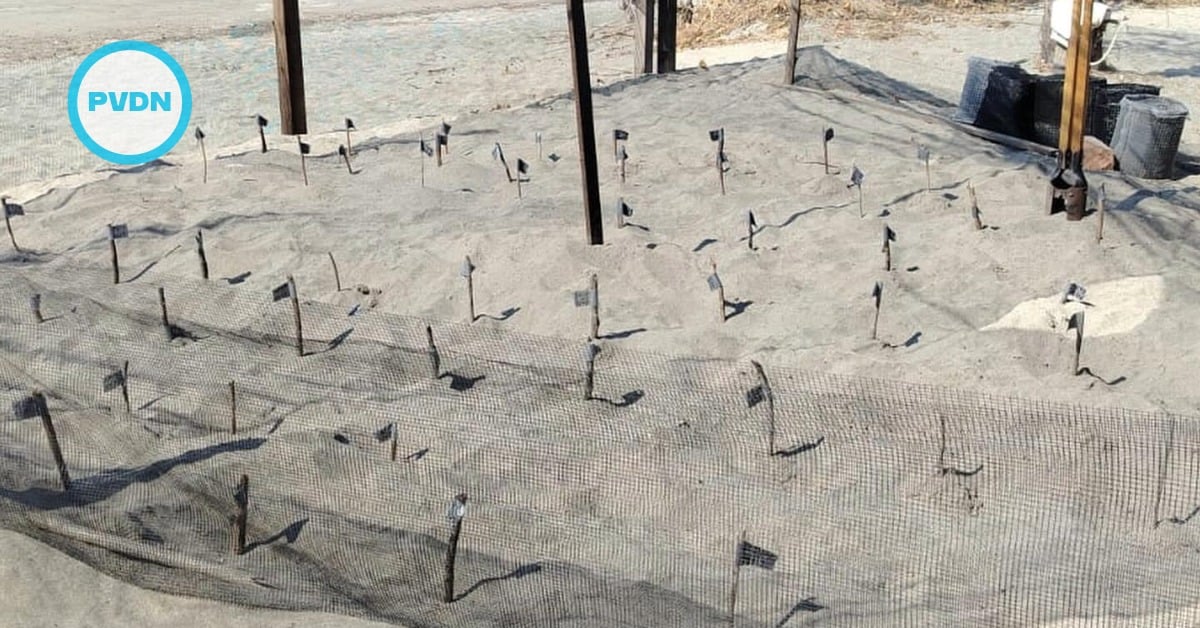On April 11, 1994, the remains of an ancient Mayan ritual and three hidden chambers were discovered in the heart of the Temple of Palenque, located inside the Lacandon Jungle of Chiapas. The expedition was led by archaeologist Arnoldo González Cruz , who was the first to see what…






